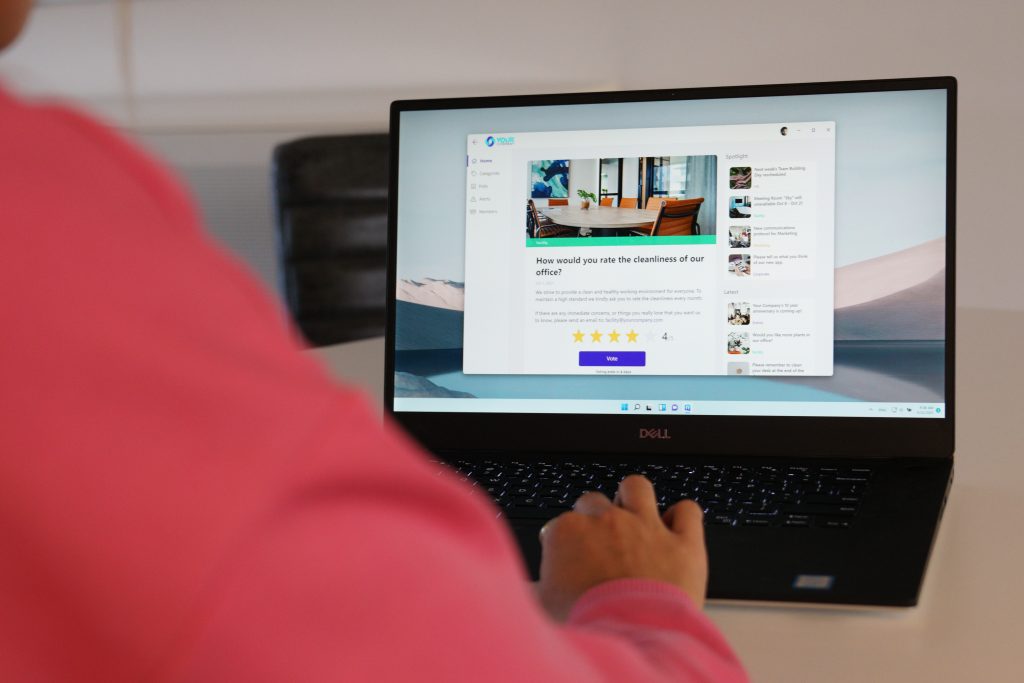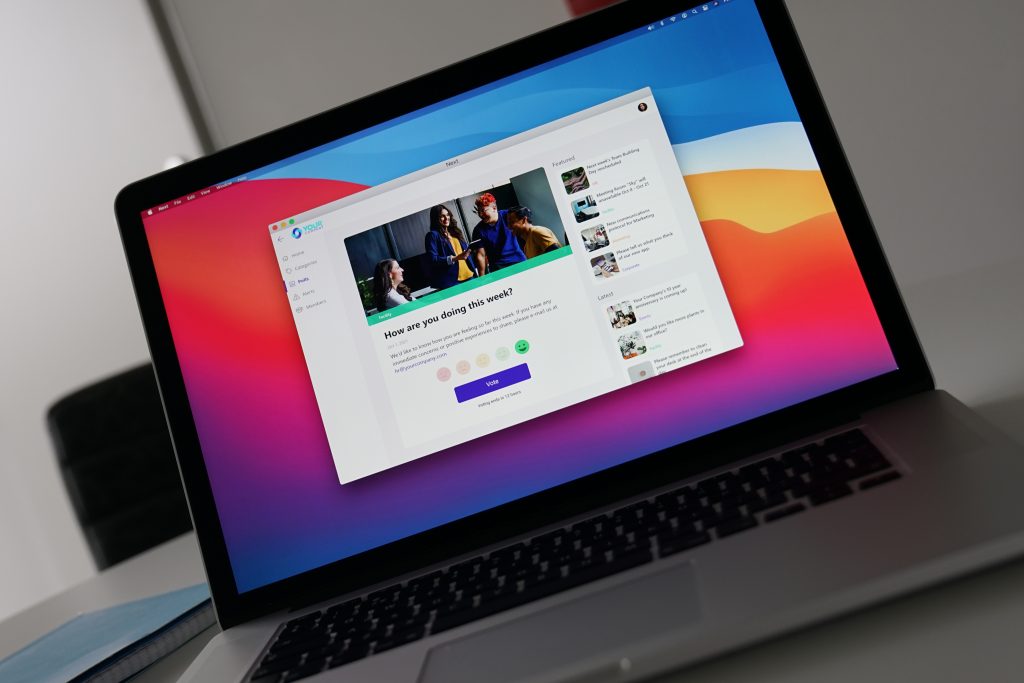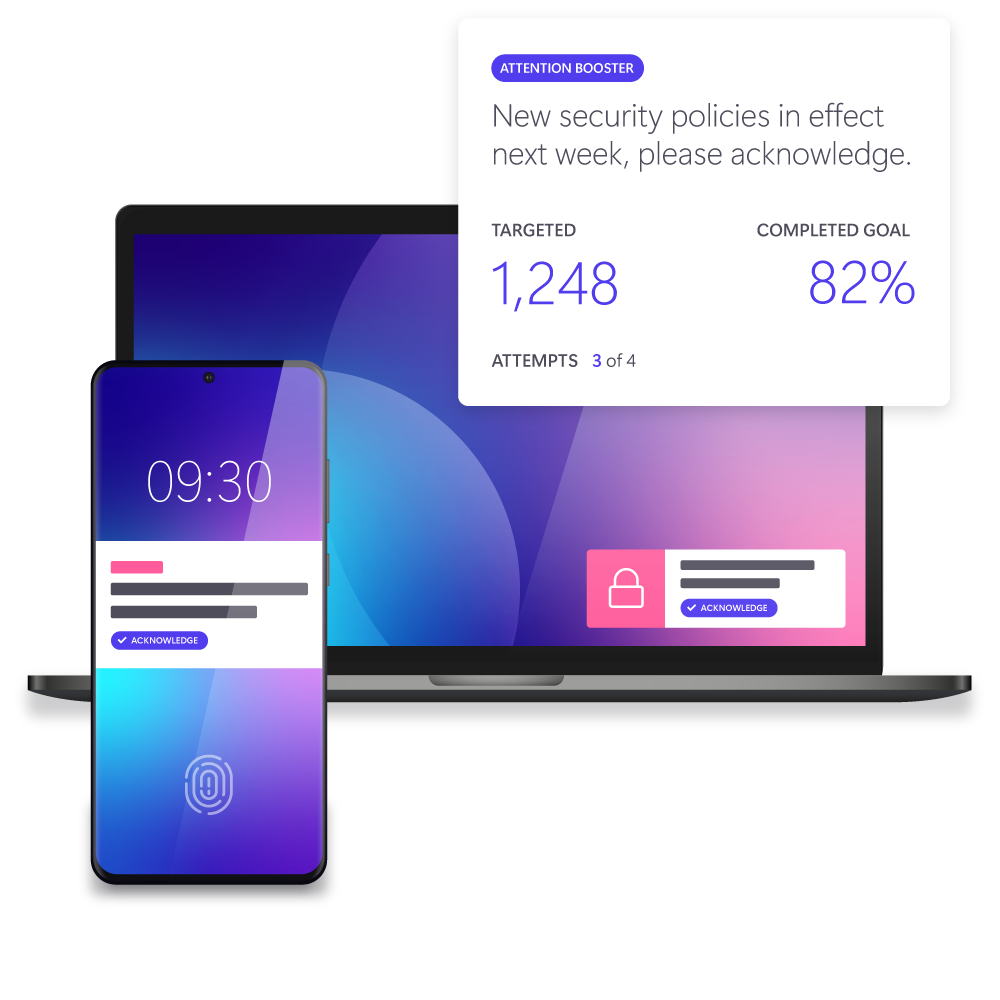Employee Pulse Surveys: Things to Consider
Estimated reading time: 7 minutes
Do you want to track your employees’ opinions and overall sentiment within your organization? And do you want to give your employees more influence by listening to them and giving them a voice? That’s great because that will be a trend in the coming year! But how do you track sentiment orderly and actionably? With pulse surveys, of course! In this blog, we provide practical tips on conducting and publishing actionable employee pulse surveys.
First, let us briefly explain a thing or two about pulse surveys in case you’ve missed our latest blog on this subject. Pulse surveys and polls are frequent, short, and well-crafted questionnaires. They are a great way to generate – and encourage – employee feedback. They will help you track the pulse of your organization. How do people feel? How is the employee engagement? How do they rate your organization and facilities? Questions you get answers to with surveys!
Employee pulse surveys provide insights into the soft side of business: employees’ opinions and feelings. These insights provide managers and leaders with guidance on making decisions based on real-time employee feedback. In addition, they provide a platform for employees to speak their minds. This will help make your staff feel heard and will give them more influence, as the feedback can be taken into account when managers and leaders must make decisions. Benefits for everyone – yay!
Table of contents
Types of employee surveys
A platform like Netpresenter allows you to publish different types of surveys. For the most honest feedback, give your employees the option to participate in the surveys anonymously. These surveys can be published quickly and effectively in your organization with the Netpresenter platform:
1. Pulse surveys:
- Contain recurring questions;
- Recur several times a year;
- Offer opportunities to identify problems or changes quickly;
- Allow for close monitoring of certain issues or problems;
- They are usually sent out on a regular basis, such as weekly or monthly
- Often use numbered rating scales
- Intended to track (changes in) sentiment through snapshots.
Pulse survey questions to ask
Pulse surveys enable you to track opinions on certain topics within the organization. The trick is repeating the same questions, to detect changes in opinions easily and act accordingly. These are some examples of pulse survey questions:
- How happy are you at work?
- Do you get recognition for good work?
- How clean was the office today?
- How do you rate your cooperation with your supervisor?
- How well-informed are you about our new measures?

2. Mood surveys:
- Enable quick and easy participation
- Give a quick impression of the current mood within the organization
- Allow you to find out current issues with short-term feedback quickly.
- Usually make use of icons like star ratings so employees can answer easily
Mood survey questions to ask
A mood survey helps you quickly find out your employees’ opinions on certain issues, usually through a single question. Here are some examples of questions for mood surveys:
- How are you feeling today?
- How was your workday today?
- I can balance my work and personal life effectively
- I am provided with the tools and resources I need to do my job.
3. Real-time polls:
- Quick and easy to fill out
- Great to track opinions at team or department level
- Great for real-time feedback on specific topics
- Usually provide several options for people to choose from
- Enable stakeholders to make choices with which their colleagues agree
- Enable stakeholders to find out employees’ opinions on specific topics quickly
Real-time poll questions to ask
Real-time polls are often used to find out opinions on less serious topics but can be used well to ask your colleagues’ opinions on anything from the new logo design to their preferred lunch menu. Here are some examples of questions you can ask in a poll:
- What should the corporate party’s theme be?
- Will you be working in the week after New Year’s Eve?
- What kind of Christmas gift would you like to receive from corporate this year?
- At what time would you like to start and end work

Pulse surveys and internal communication
When it comes to pulse surveys and internal communication, these are the steps you should take.
1. Announce the survey
If you’ve never conducted surveys in your organization, employees may ask some questions when you suddenly start publishing surveys out of nowhere. Keep in mind they might have some questions, such as:
- Is my feedback anonymous?
- Who will see my answers?
- What will happen as a result of my feedback?
- What are the benefits I get from participating in this survey?
Naturally, you don’t have to send a message prior to every survey. However, before you regularly start publishing surveys, answering these questions in a short announcement can be useful. If people know how participating in a survey will benefit them, who will see their feedback, and whether their answers will remain anonymous, they will be more likely to participate. This benefits the organization and the employees. A short message on a corporate screensaver or mobile app can do the truck and nudge people into participating.
2. Send out reminders
People may intend to participate but forget to do so because of their workload. Not a problem; that’s why we designed our attention boosters! Set up an attention booster to send reminders to colleagues who haven’t yet completed the survey. This will help you get the highest possible response to your surveys.
You set up an attention booster only once, and the rest happens automatically. If a colleague doesn’t participate in a survey, several attempts will be made to make sure they still vote. After a selected number of days or hours, they will receive a (push) notification with a reminder to complete the survey.
If you urgently need the survey’s results, you can even bring these reminders to your colleagues’ attention with pop-ups. However, while these are nifty and notable, don’t use them too often – people will only get annoyed if they’re flooded with these reminders. That’s why you should only use these in more urgent situations when you need feedback quickly.

3. Follow-up communication
The feedback process isn’t finished when you’ve sent out your survey and reminders. It’s important to thank your colleagues after they have completed your survey. Include a few of the most important results if these have already been processed. Also, make sure to show them what actions are being taken with the results. Publish these messages on digital signage screens throughout the building or in the desktop app, so everyone will immediately see the key findings or outcomes of the survey.
Was the office not clean enough? Was the lunch not according to standards? Or does the building need more air condition, according to your coworkers? Make sure you clarify what happens next and what the organization will be doing to improve these topics. This way, your colleagues will know that participating in surveys benefits them, and the response rate will remain high in the future.
Do you want to get started with employee (pulse) surveys in your organization? Request a free 30-minute demo to see how easy it is to create your own surveys with Netpresenter. To discuss all possibilities, get in touch with our consultants; they are happy to help you! Or download the free self assessment to measure the levels of engagement in your organization.

